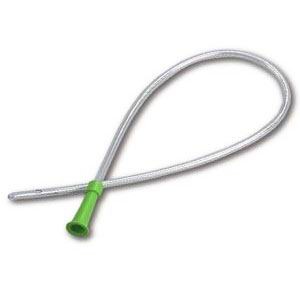![]() Fisher & Paykel is a major manufacturer of appliances that is currently based in New Zealand. Their products range from kitchen appliances (e.g. dishwashers, refrigerators) to healthcare products tailored for patients suffering from respiratory problems and sleep disorders. This brand is very popular with them being able to market their goods in over 120 countries worldwide.
Fisher & Paykel is a major manufacturer of appliances that is currently based in New Zealand. Their products range from kitchen appliances (e.g. dishwashers, refrigerators) to healthcare products tailored for patients suffering from respiratory problems and sleep disorders. This brand is very popular with them being able to market their goods in over 120 countries worldwide.
What do Fisher & Paykel offers?
Fisher & Paykel offers you healthcare products featuring simplicity, style and smart engineering. They are intent on manufacturing products that are efficient and usable whilst able to help in protecting the environment. They never cease to revolutionize their products not just to earn profit but to ensure that their consumers are able to obtain more than what they paid for.
Fisher & Paykel is not only committed in providing products that deliver efficiency, they are also dedicated on educating individuals and the family members regarding obstructive sleep apnea. Indeed, this top of the line multinational company is intent on delivering sound, environmentally friendly and efficient products and services.
Fisher & Paykel products
Fisher & Paykel delivers products for obstructive sleep apnea and acute & respiratory care which include:
- Oxygen therapy.Their products used in oxygen therapy easily deliver a complete range of oxygen flow and concentration using two elements – that is flow and humidification.
- Breathing circuits. They also provide breathing circuits intendedto benefit both doctors/technicians and patients.
- Masks. Fisher & Paykel also offers noninvasive face masks designed to supply humidified gas and controlled air pressure for oxygen and continuous positive airway (CPAP) therapy.
- CPAP masks. They offer CPAP masks that aim to provide comfort for their patients. These masks are done ergonomically whilst provide you the highest quality of care.
- CPAP machine. Fisher & Paykel also offers a CPAP machine that delivers numerous invaluable features such as recent technologies, ramping, alarms, efficacy reporting, automatic pressure adjusting, compliance reporting, and leak compensation. These features provide more humidity, comfort and pressure relief.




